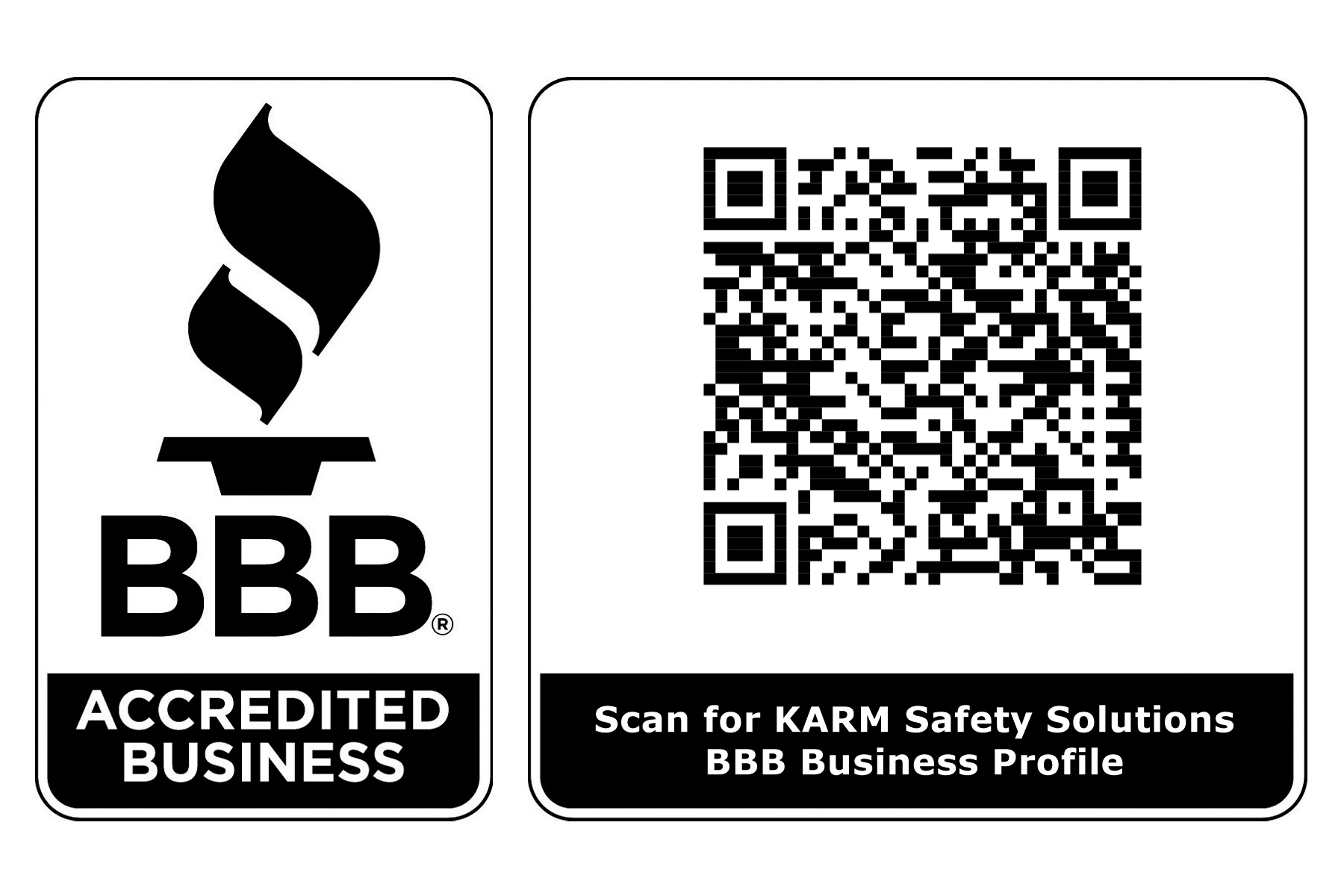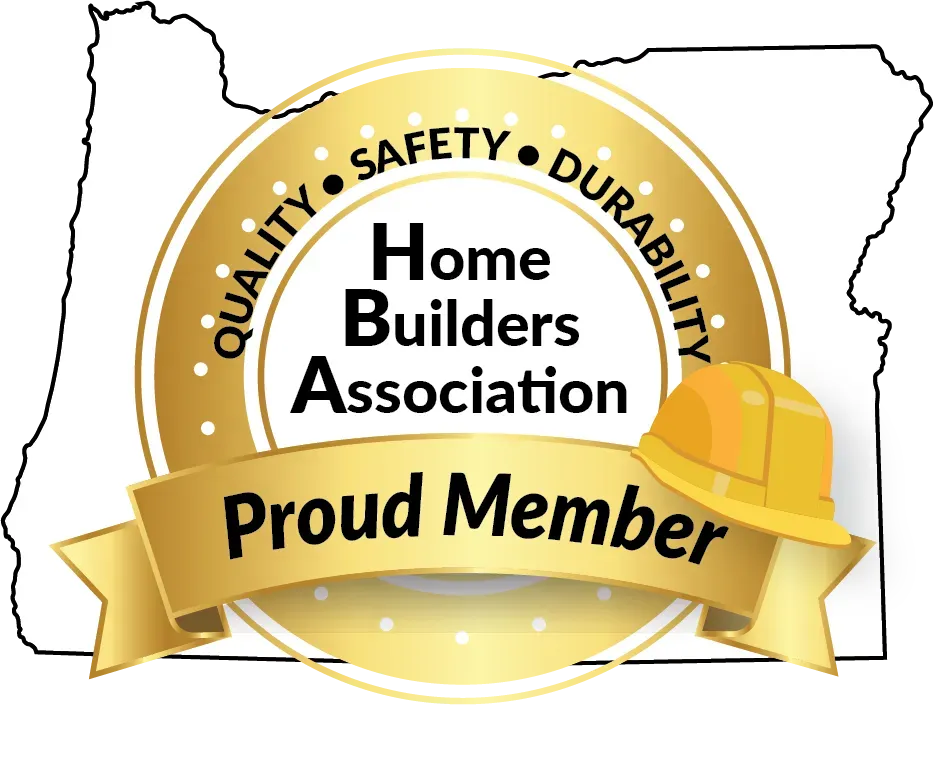Common Mistakes to Avoid in OSHA Competent Person Training
Ensuring workplace safety starts with proper training, and OSHA competent person training is a critical part of that process. This program equips individuals with the knowledge needed to identify hazards, enforce safety measures, and comply with regulations. However, common mistakes can undermine the effectiveness of this training, leading to non-compliance and potential workplace risks. Avoiding these errors can help businesses maintain a safe work environment while meeting regulatory standards.
1. Not Understanding the Role of a Competent Person
A competent person is someone with the authority and knowledge to identify hazards and take corrective actions. Many participants assume that simply attending a training session qualifies them as competent. In reality, they must demonstrate real-world decision-making skills and have the ability to enforce safety protocols.
2. Incomplete Hazard Assessments
One of the primary responsibilities of a competent person is hazard recognition. Failing to conduct thorough assessments can lead to overlooked risks that could result in injuries or violations. A proper assessment includes evaluating equipment, environmental conditions, and employee compliance with safety standards.
3. Neglecting Hands-On Training
Theoretical knowledge alone is not enough. Many workers complete the training without sufficient hands-on practice. Real-life scenarios help reinforce learning and prepare individuals for workplace challenges. Without practical experience, workers may struggle to apply safety principles in actual job sites.
4. Overlooking Changes in Regulations
OSHA regulations are regularly updated to improve workplace safety. Some training programs fail to incorporate the latest compliance requirements, leaving workers unaware of critical changes. Staying informed about updates ensures that safety procedures remain current and effective.
5. Failing to Communicate Safety Protocols
A competent person is responsible for enforcing safety measures, but this requires clear communication with teams. Some individuals complete training but lack the confidence to instruct others. Without strong communication skills, critical safety information may not be effectively conveyed, increasing the likelihood of workplace incidents.
6. Skipping Refresher Courses
Training should not be a one-time event. Safety standards evolve, and refresher courses help reinforce knowledge and address new challenges. Workers who do not regularly update their training may miss out on important safety advancements and best practices.
7. Assuming All Worksites Are the Same
Each job site has unique risks, and a one-size-fits-all approach does not work. A competent person must assess each location individually, considering specific hazards, equipment, and work conditions. Failing to customize safety measures for different environments can lead to ineffective hazard control.
8. Ignoring Confined Space Requirements
Confined spaces present unique dangers that require specialized knowledge. Some workers assume that general OSHA training covers all scenarios, but competent person training confined space focuses on specific hazards such as limited entry, poor ventilation, and emergency procedures. Without this additional training, confined space risks may go unaddressed.
Final Words:
Proper OSHA competent person training is essential for workplace safety and compliance. Avoiding common mistakes ensures that trained individuals can effectively identify hazards, enforce regulations, and protect workers. At KARM Safety Solutions, we offer comprehensive competent person training confined space and other safety programs tailored to your industry's needs. Our expert instructors provide hands-on training and up-to-date regulatory insights to keep your workforce prepared.
Ensure your team is properly trained with KARM Safety Solutions. Contact us today to schedule competent person training confined space and stay compliant with OSHA standards.













